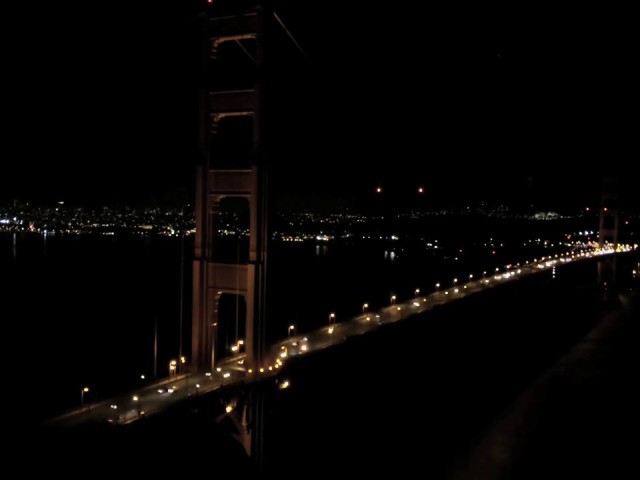The three rules of real estate—location, location, location—apply to moviemaking.
Whether you’re creating a horror picture, a documentary, or a music video, where the action occurs will affect your material.
Underwater locations can be dazzling. Think of 20,000 Leagues Under the Sea and The Abyss. However, until recently, such locations required plenty of technical resources.
But now, thanks to the development of waterproof cases for mobile devices, anyone can shoot below the surface. Several companies (listed below) sell waterproof cases for under $100. Besides being waterproof many of these cases allow you to take calls, use the speakers, work the touch screen, attach the ear buds, and recharge your phone without removing the case.
We’re recommending Hitcase, whose product made possible the clips accompanying this article.
TIPS
Before you take a dive, here are five points to consider:
1. TEST YOUR CASE: Make sure you know how to install your phone and make sure you’ve tested the case in the bathtub or kitchen sink first. Diving into a pool or off the back of a boat is not the best time to find out that something doesn’t work.
2. KEEP TRACK OF THE TIME: Unless you’re a gambler, don’t exceed the rated immersion time for your case.
3. BE SAFE: Underwater cinematography is exciting, but can be risky. No video is worth drowning. Always have at least one buddy diving with you. When planning your shoot, do a safety analysis, looking for dangers such as sharp rocks and aggressive sea life.
4. WRITE A SCRIPT: Results will be better if you know what you’re looking for before you begin recording video. In addition to describing the action, your script should deal with words. Voice-over narration is tradition for documentaries, but it can also work for fiction.
5. CHOOSE YOUR BODY OF WATER: All wet locations are not equal. A swimming pool with clear water will let you to get clearer images than if you shoot in a murky pond. Of course, if your subject is piranhas, a pool likely won’t work.
5. STAY NEAR THE SURFACE: There’s less danger when you’re only a few feet down. Also, the deeper you go, the less light you’ll have. Low light can compromise image quality. And finally, most of the cases are designed for near-the-surface operation.
Send us your underwater footage and will post it for all to see. Also, share your thoughts and experiences about the product you’re using.
TECHNICAL MATTERS
There are a variety of waterproof cases and housings available. Which case you choose depends on whether you’re filming in your swimming pool or on a deepwater dive. We’ll be rating many of these in a future article. In the mean time, here are some basics facts that will help you choose the right case.
IPX-7 and IPX-8 are two International Electrotechnical Commission waterproof ratings you should be aware of when considering cases.
• The IPX-7 rating specifies that the device has water protection up to limited immersion of 30 minutes at a depth of 1 meter (12 feet).
• The IPX-8 rating protects against continual water submersion in water under conditions which are identified by the manufacturer. Cases like the WaterDawg Wetsuit IPX8 certified (waterdawggear.com/) allow continual immersion to a depth to 10 meters (33 feet). Whereas, the Watershot Pro (http://www.watershot.com/underwater-camera-housing-iphone), which is a housing and not a case, is waterproof to depth of 50 meters (165 feet).
WATERPROOF CASE MANUFACTURERS
Inicpio Atlas
Griffin Survivor + Catalyst: $69.95
Hitcase Pro: $129.99
Otterbox Armor: $99.95
LiferProof – Fre $80.00
Cascade Designs E-Case $29.99
Mophie Outride $115.00
WaterDawg – Wetsuit IPX8 Certified or Dive case $39.99
Watershot Pro (waterproof housing) $99.00



 Next post
Next post






Comments are closed, but trackbacks and pingbacks are open.